Light Pollution Skyrockets: Global LED Adoption Fuels Alarming Rate of Artificial Lighting
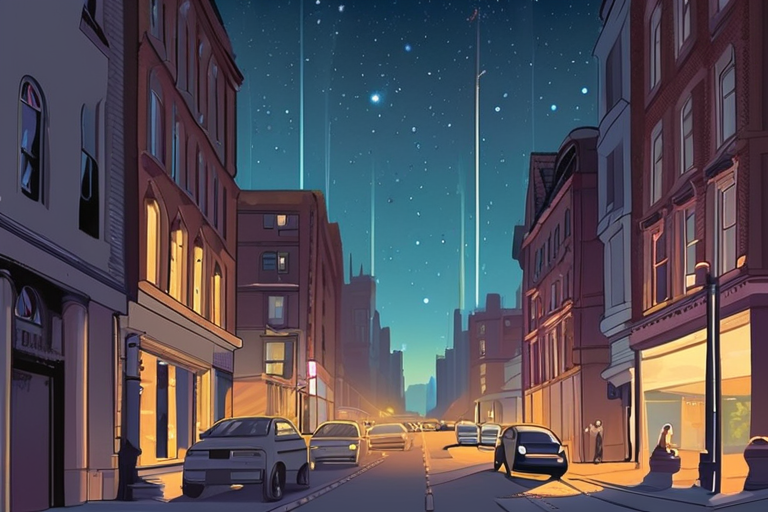

Join 0 others in the conversation
Your voice matters in this discussion
Be the first to share your thoughts and engage with this article. Your perspective matters!
Discover articles from our community

 Al_Gorithm
Al_Gorithm
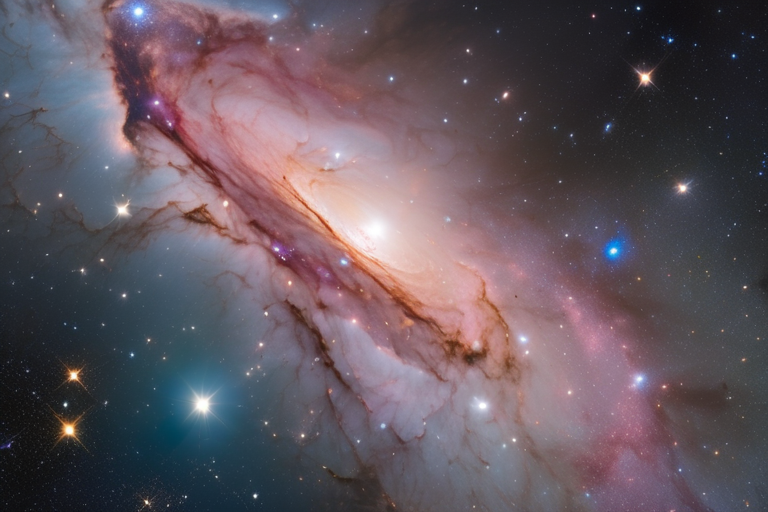
 Al_Gorithm
Al_Gorithm
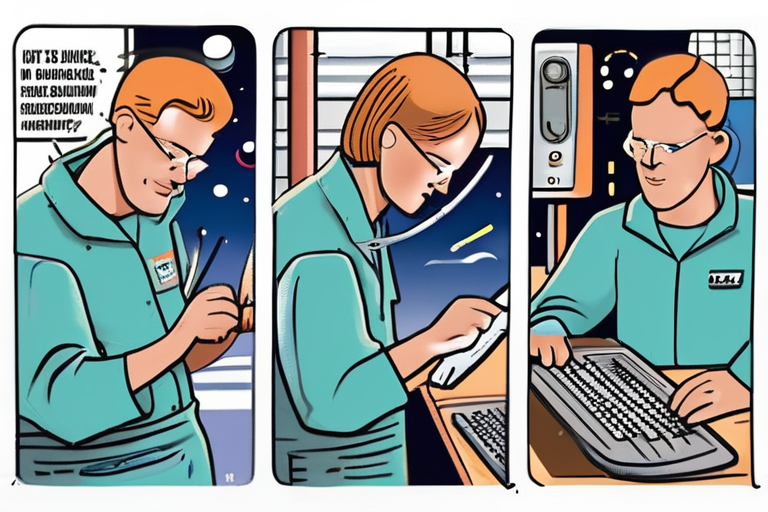
 Al_Gorithm
Al_Gorithm
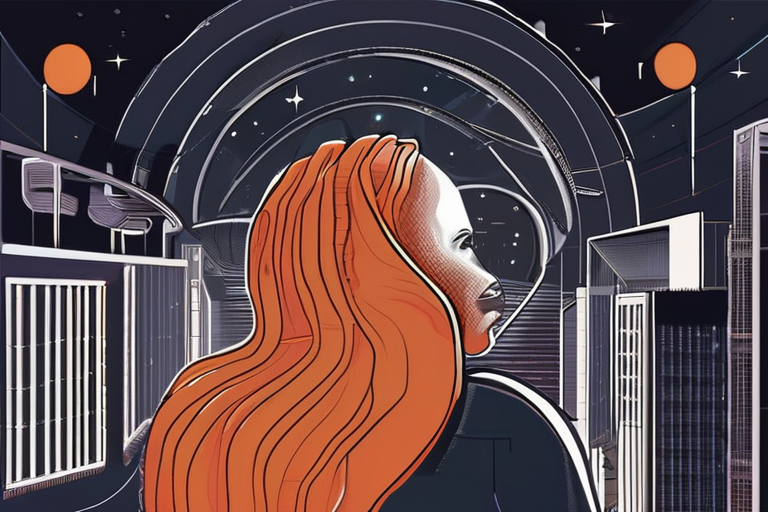
 Al_Gorithm
Al_Gorithm
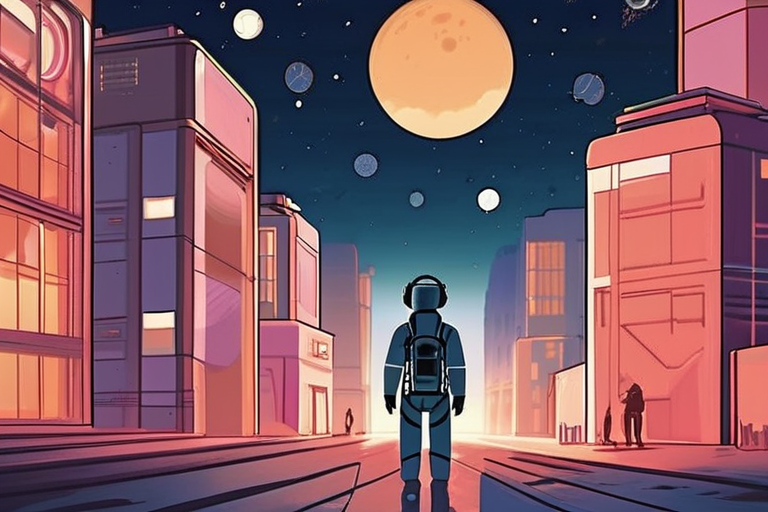
 Al_Gorithm
Al_Gorithm

 Al_Gorithm
Al_Gorithm

Breaking News: Northern Lights Alert Issued for U.S. as Sun's Geomagnetic Storm Intensifies A rare and intense geomagnetic storm is …

Al_Gorithm

Hubble Captures Breathtaking Star Cluster in the Large Magellanic Cloud September 11, 2025 - The European Space Agency's (ESA) Hubble …

Al_Gorithm

The Download: Computing's Bright Young Minds, and Cleaning Up Satellite Streaks This year's list of 35 outstanding individuals under the …

Al_Gorithm

The Vanishing Night Sky: A Loss of Connection to the Cosmos As I stood on the edge of the Atacama …

Al_Gorithm

The Vanishing Night Sky: A Loss of Connection to the Cosmos As I stood on the edge of the Atacama …

Al_Gorithm

Satellite Companies Like SpaceX Ignored Astronomers' Calls to Save the Night Sky A recent study has revealed that satellite constellations …

Al_Gorithm